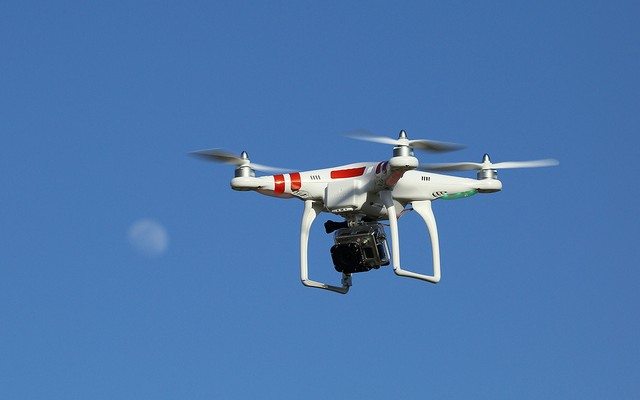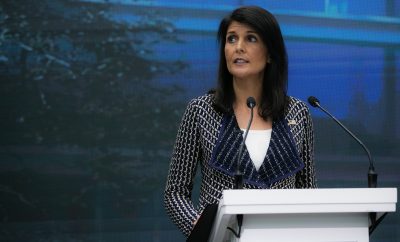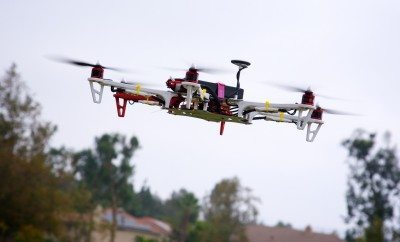
News
The United Nations and Drones
Drones: depending on whom you ask, drones are either the military instruments of the future, or the machines that will incite humanity’s destruction. But no matter how you feel about drones, unmanned aerial vehicles in various forms have been used in combat for years.
The United States may have to answer for their use of drones in the weeks to come. Two United Nations experts by the names of Christof Heyns and Ben Emmerson, have released large UN reports on the overall use of drones. The crux of these reports is a demand for greater transparency from countries who use drones—and for the United States to release more robust data on their use of drones.
According to the United Nations, 33 different drone strikes have been detected that have resulted in the death of civilians. According to the government of Pakistan, since 2004 there have been about 330 drone strikes in the northwest territory of Pakistan. These strikes have supposedly resulted in the deaths of 2200 people, 400 of which have been civilians. Emmerson has stated that in Yemen, up to 58 civilians may have been killed by drones.
In the United States, the CIA is inextricably linked to the use of drones. As a result, much of the information about US drone use is classified. In his report, Emmerson slams this, stating that it creates, “an almost insurmountable obstacle to transparency.” Emmerson claims that the United States does not accurately self report the civilian casualties caused by drone strikes.
There are serious international law issues tied in with the killing of civilians. International law is a somewhat vague and grey field; although the International Criminal Court, the International Court of Justice, and various tribunals exist, international law still remains a very abstract idea.
At the risk of over-simplifying a very complicated topic, a brief discussion of international law on the topic of civilian killings can be had. This topic falls under the category of International Humanitarian Law, sometimes referred to by its Latin name jus in bello, used to regulate actions during war. The Geneva Convention amendment Protocol I specifically deals with protections afforded to countries involved in international armed conflicts. The Geneva Convention amendment Protocol I does contain protections for civilians, but the United States has not ratified it.
The United Nation’s implications that US actions may violate international law unfortunately fall on mostly deaf ears. The United States is not going to be brought before a tribunal or a court, at best the United Nations can condemn US drone actions, but there really isn’t any action they can take that will show any sort of teeth. The question of the future of drones and their applicability to conflict, will not be answered with these United Nations reports.
—
Featured image courtesy of [Don McCullough via Flickr]








Comments